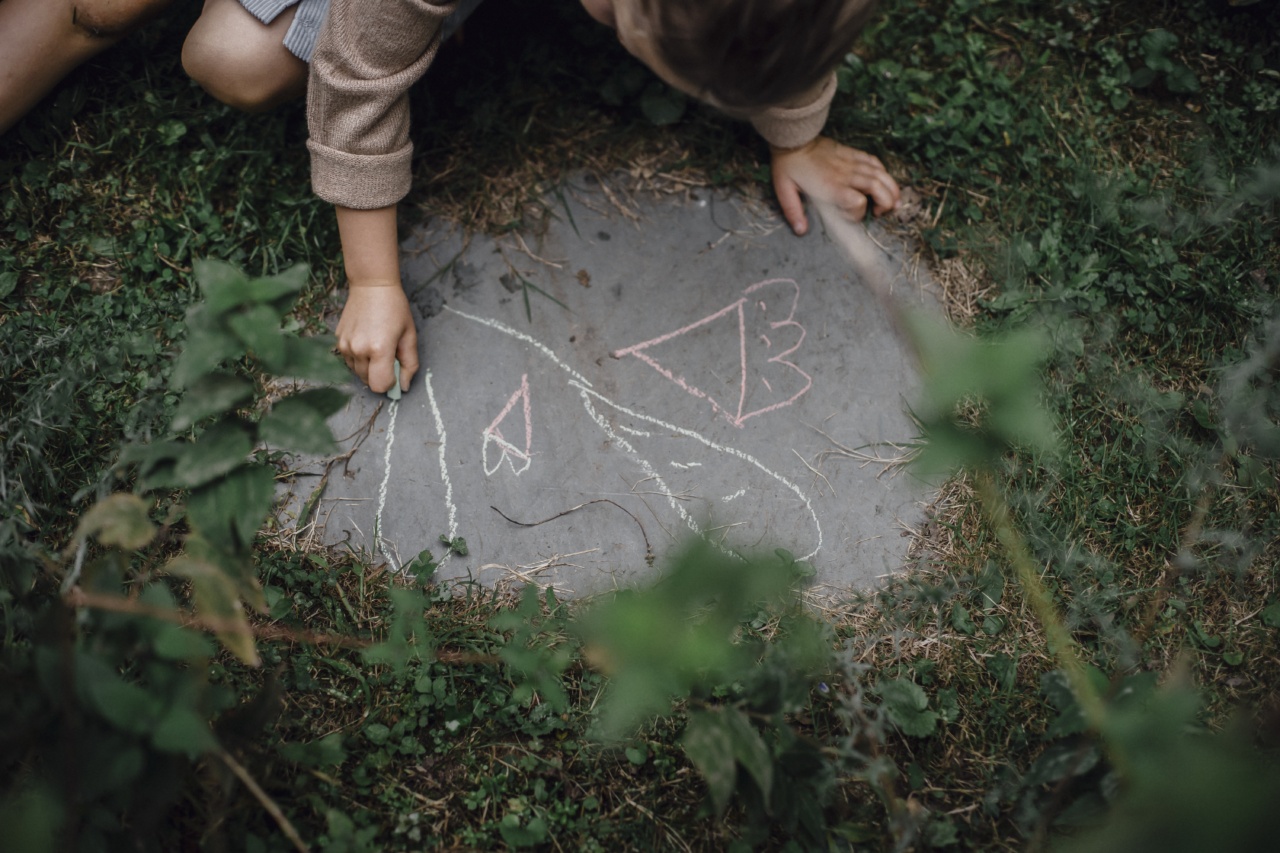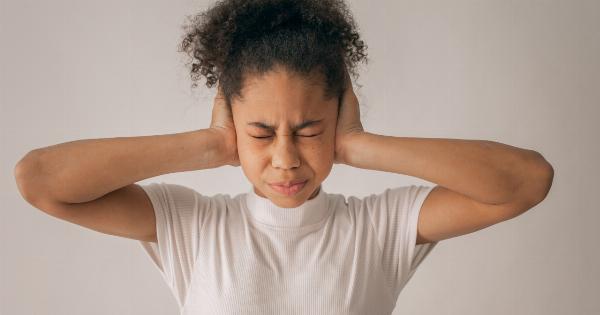Anxiety is a normal emotion that everyone experiences from time to time, including children.
However, when anxiety becomes overwhelming and interferes with a child’s daily activities, quality of life, and mental health, it may be a sign of an anxiety disorder.
At its core, anxiety is a natural response to stress. It’s the feeling of unease, worry, and apprehension about what’s to come or what may happen.
In a healthy dose, anxiety can help children prepare for new situations, challenges, and dangers.
However, when anxiety becomes chronic, intense, and irrational, it can impair a child’s ability to function normally and affect their overall well-being, relationships, and academic performance.
Anxiety disorders are the most common mental health conditions in children, affecting around 1 in 8 kids aged 6-18 years old, according to the Anxiety and Depression Association of America (ADAA).
Types of Anxiety in Kids
Anxiety can manifest in many forms and affect different areas of children’s lives. Some of the most common types of anxiety disorders in kids are:.
Generalized Anxiety Disorder (GAD)
GAD is characterized by excessive worry, fear, and apprehension about various aspects of life, such as school, family, friends, money, and health.
Children with GAD often have physical symptoms, such as headaches, stomachaches, muscle tension, irritability, and difficulty sleeping.
Social Anxiety Disorder (SAD)
SAD is a type of anxiety that focuses on social situations, such as school, parties, or playdates.
Children with SAD may avoid social interactions, have a fear of embarrassment or rejection, and feel extremely self-conscious and anxious in social settings. They may also experience physical symptoms, such as sweating, blushing, trembling, or nausea.
Panic Disorder
Panic disorder is a type of anxiety that involves sudden and intense episodes of panic and fear, known as panic attacks.
Children with panic disorder may have physical symptoms, such as chest pain, shortness of breath, dizziness, or feeling detached from reality. Panic attacks can be very distressing and impact a child’s ability to function normally.
Obsessive-Compulsive Disorder (OCD)
OCD is an anxiety disorder that involves repetitive and intrusive thoughts, images, or urges (obsessions) that cause anxiety, and specific behaviors or mental acts (compulsions) that are meant to reduce anxiety.
For example, a child with OCD may have repeated thoughts about germs or contamination and engage in excessive handwashing to reduce anxiety. OCD can be very disruptive and impair a child’s daily activities.
Post-traumatic Stress Disorder (PTSD)
PTSD is a type of anxiety that occurs after a traumatic event, such as physical or sexual abuse, a natural disaster, or a severe accident.
Children with PTSD may have symptoms such as flashbacks, nightmares, avoidance of triggers, emotional numbness, and hyperarousal. PTSD can have a long-lasting impact on a child’s mental health and well-being.
Separation Anxiety Disorder
Separation anxiety disorder is a type of anxiety that occurs when a child has excessive fear or distress about separation from their primary caregiver or home.
Children with separation anxiety disorder may have physical symptoms, such as headaches, stomachaches, or vomiting, when they are away from their caregiver. They may also have nightmares, difficulty sleeping alone, or refuse to go to school.
Signs and Symptoms of Anxiety in Kids
Anxiety can be difficult to recognize in children, as they may not have the same vocabulary or understanding of their emotions as adults. However, there are some common signs and symptoms that parents, caregivers, and teachers can look for, such as:.
- Excessive worry, fear, or dread that interferes with daily activities
- Physical symptoms, such as stomachaches, headaches, or muscle tension
- Avoidance of certain people, places, or situations
- Difficulty sleeping or falling asleep
- Inability to relax or calm down
- Perfectionism or excessive need for control
- Low self-esteem or self-doubt
- Somatic complaints, such as nausea, vomiting, or dizziness
- Difficulty concentrating or focusing
- Emotional outbursts or irritability
Causes of Anxiety in Kids
Anxiety disorders in children can have multiple causes and risk factors, including:.
- Family history of anxiety or mental health conditions
- Exposure to stressful or traumatic events, such as abuse, violence, or accidents
- Environmental factors, such as poverty, unstable home life, or academic pressure
- Biological factors, such as brain chemistry, genetics, or medical conditions
- Personality traits, such as shyness, perfectionism, or sensitivity to stress
Treatment for Anxiety in Kids
Fortunately, anxiety disorders in children are treatable with professional help and support. The most common treatments for anxiety in kids are:.
Cognitive-behavioral therapy (CBT)
CBT is a type of talk therapy that helps children identify their negative thoughts, beliefs, and behaviors that contribute to anxiety, and learn coping strategies to change them.
CBT for kids usually involves play-based activities, role-playing, and individual or group sessions, depending on the child’s age and needs.
Exposure therapy
Exposure therapy is a type of therapy that helps children gradually confront their fears or phobias in a safe and controlled environment, with the guidance and support of a therapist.
Exposure therapy for kids may involve imaginary or real-life scenarios, depending on the child’s age and readiness.
Medication
In some cases, medication may be prescribed to help manage the symptoms of anxiety in children, such as selective serotonin reuptake inhibitors (SSRIs) or benzodiazepines.
However, medication should always be used as a last resort, and under the supervision of a qualified mental health professional.
Parental involvement and support
Parents and caregivers play a crucial role in helping their children cope with anxiety and build resilience. Some ways parents can support their anxious child include:.
- Being empathetic and understanding
- Encouraging open communication
- Modeling healthy coping skills
- Establishing routines and structure
- Encouraging relaxation techniques, such as deep breathing, yoga, or meditation
- Encouraging physical exercise and healthy eating habits
- Advocating for their child’s mental health needs
Conclusion
Anxiety is a common and normal emotion that everyone experiences, including children. However, when anxiety becomes overwhelming and interferes with a child’s daily activities, it may be a sign of an anxiety disorder.
Anxiety disorders are the most common mental health conditions in children, affecting around 1 in 8 kids aged 6-18 years old. Anxiety can manifest in many forms and affect different areas of children’s lives, such as school, social interactions, or separation from their primary caregiver.
Anxiety disorders in children can have multiple causes and risk factors, such as family history, environmental factors, or personality traits. Fortunately, anxiety disorders in children are treatable with professional help and support, such as cognitive-behavioral therapy, exposure therapy, medication, and parental involvement and support.
If you suspect your child may have an anxiety disorder, don’t hesitate to seek professional help and support.































